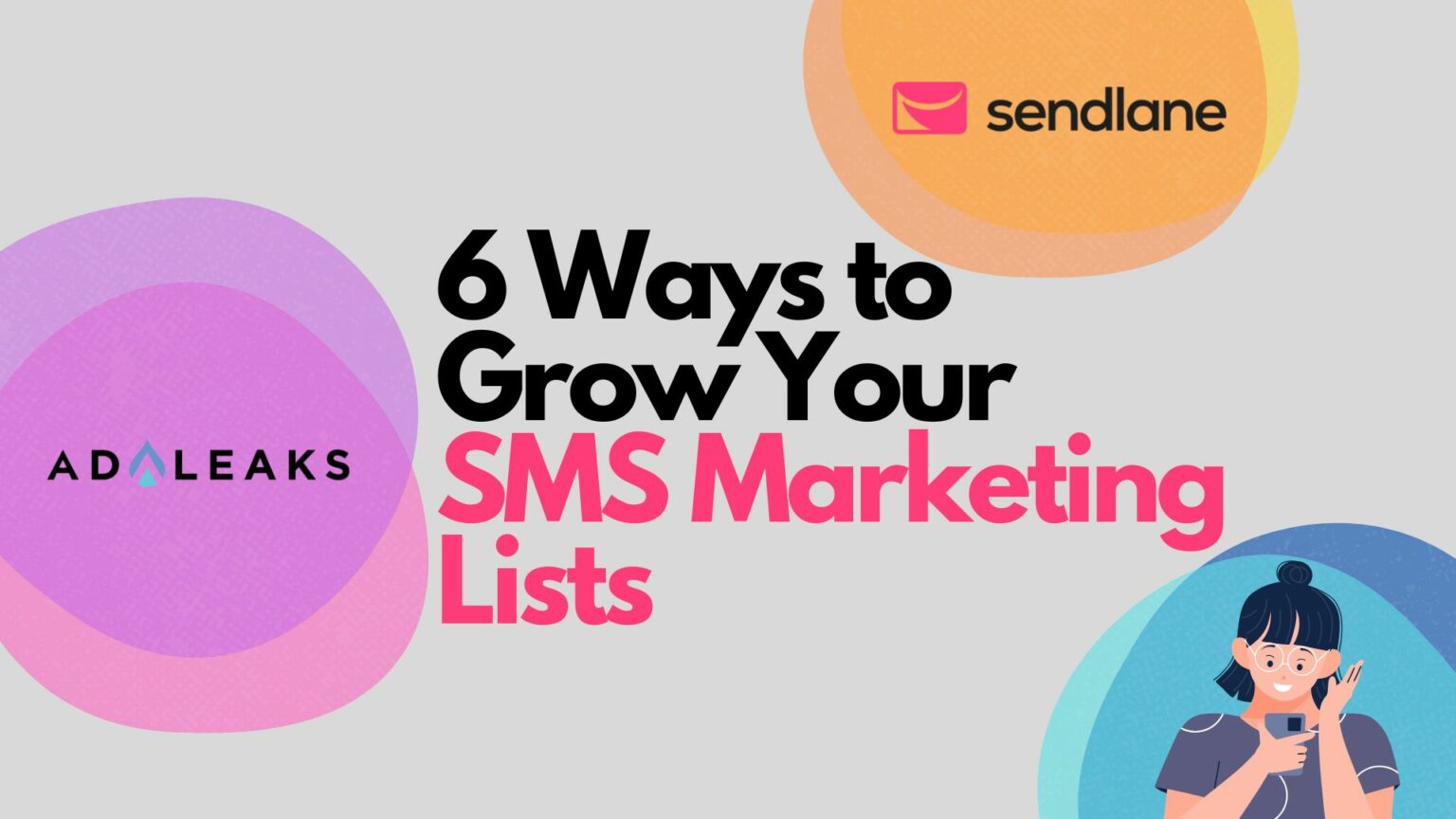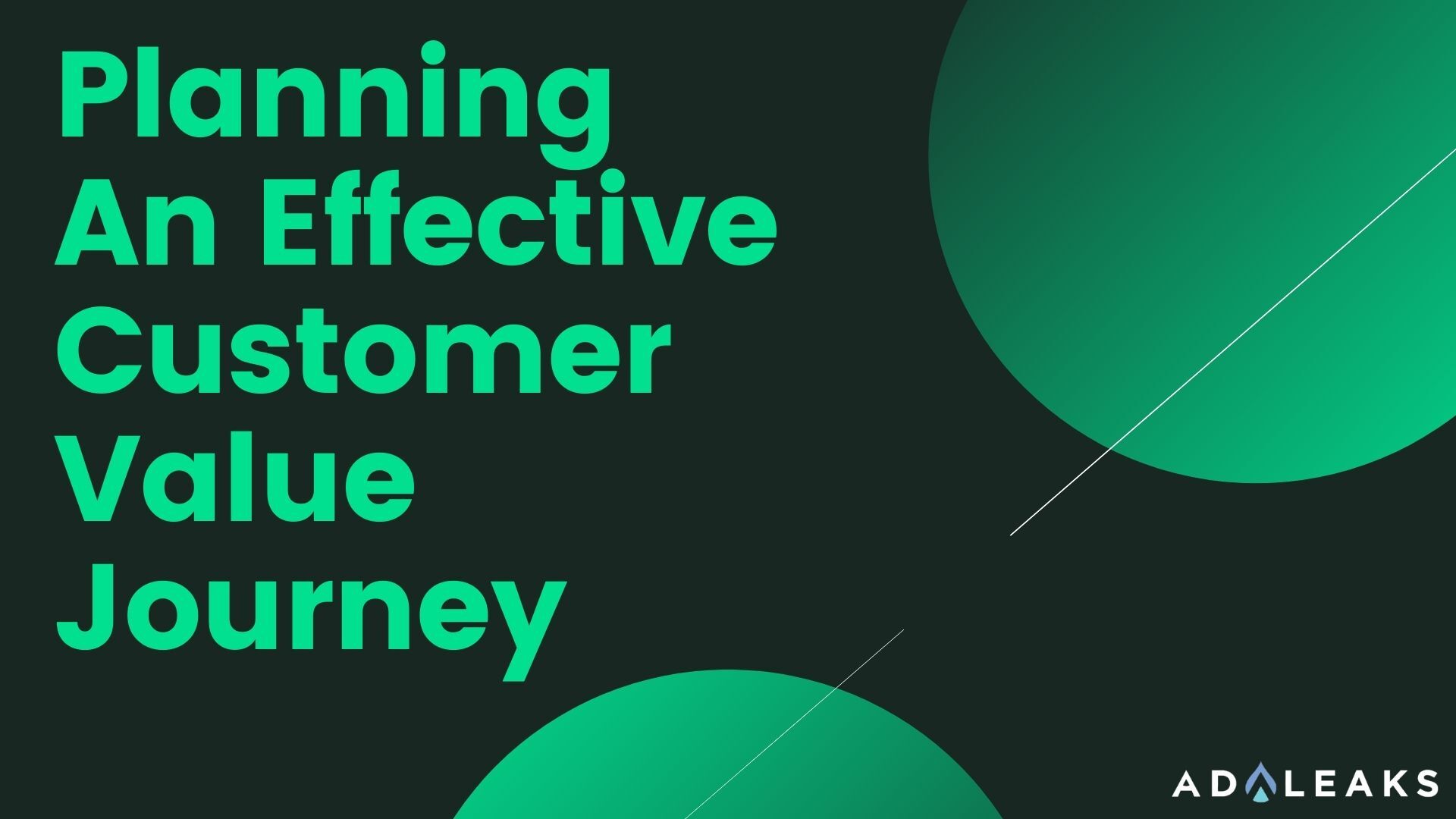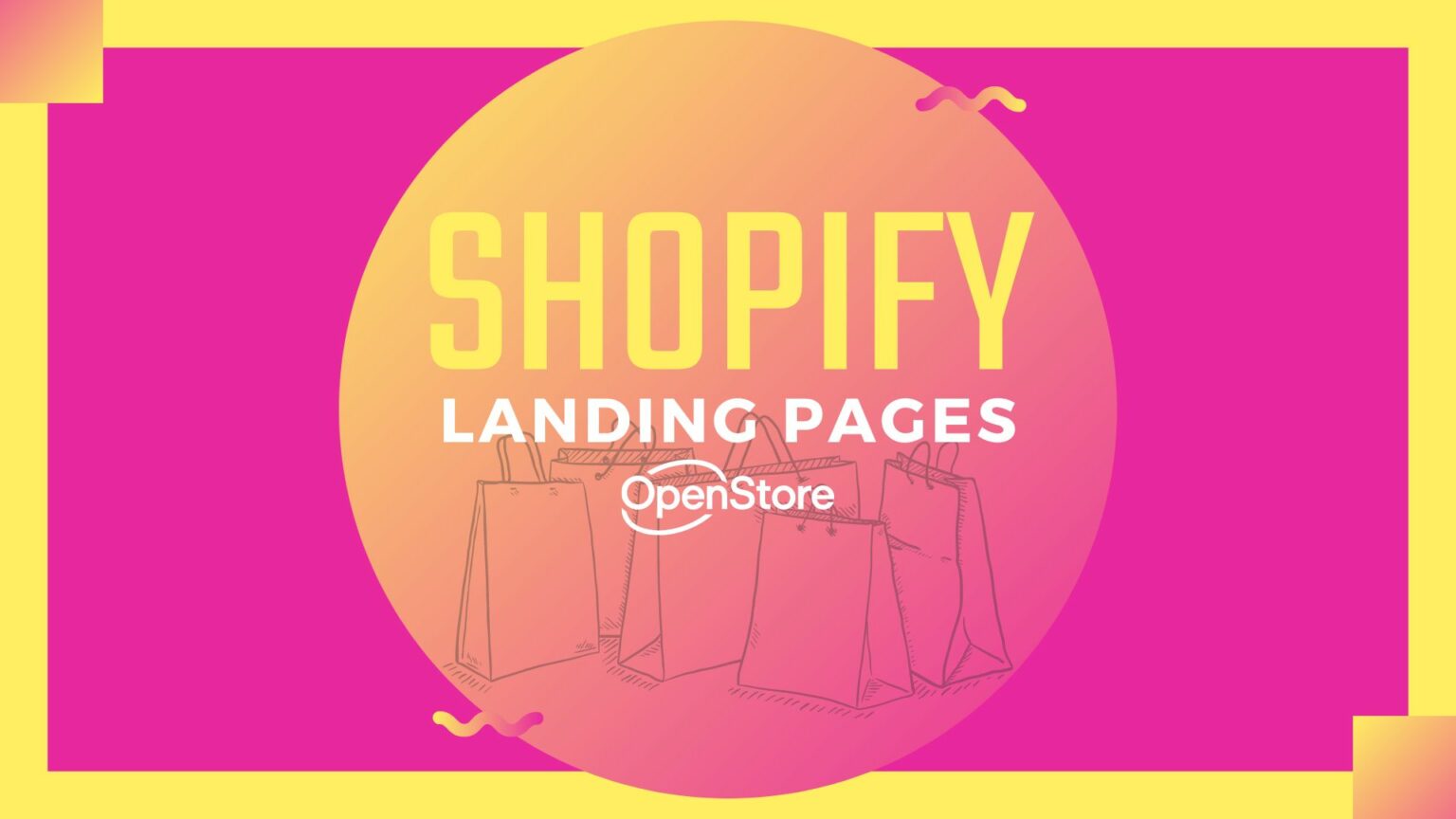
Planning An Effective Customer Value Journey


Editor's Note: This post has been updated with new links and content.
Original Publication Date: March 16, 2019
If you want to create effective marketing campaigns that grow your business, it’s important to get to know your customers.
Lots of companies start by profiling their ideal buyer, but that is only one segment of a larger process.
You also need to be intimately familiar with the path that takes someone from not knowing about your brand to a customer. This strategy is known as your sales funnel or Customer Value Journey (CVJ).
Once you map out your unique value journey, you’ll have a better framework to allocate your marketing resources. In other words, it’s easier to target customers with the right message at the right time using this method.
And since it usually takes about seven touchpoints to make a sale anyway, you can apply this guide to just about any product or service in any industry.
7 Steps to an Effective Customer Value Journey
- Capture Attention
- Incite Engagement
- Collect Contact Information
- Convert Prospects into Customers
- Reiterate The Benefits
- Entice Them Back for More
- Incentivize Sharing & Promotion
The key to this framework is to find and leverage opportunities to boost your prospects to the next phase. These incentives will generate more action and engagement that ultimately take your brand to the next level.
But before you do any of that, you’ll need to...
1. Capture Attention
The first step of every customer journey is for the prospect to find out who you are. In sales parlance, this is called the “awareness” or top-of-funnel phase.
To get your customers’ attention, you’ll need to advertise. This could be anything from paid ads to social media posts to sponsoring a local team or event. But your product or service — and the benefits it provides — needs to be front and center.
Use photos and graphics to create visual interest, and spend some time crafting compelling copy that speaks to your prospects’ pain points and offers solutions.
2. Incite Engagement
Once your prospects are aware of your brand and what you have to offer, you have to give them a reason to engage, or take an initial action beyond passively viewing your ads.
That action might be simple, like clicking an ad, or more proactive, like contacting your customer support or joining an online forum to get more information. But whatever that step is, you’ll need to encourage your prospects by providing the information they’re looking for and reinforce positive outcomes with tactics like user-generated content.
3. Collect Contact Information
Once your prospect is engaged, the next step is to establish a direct connection.
The most common way of doing this is by asking for a name and email address in exchange for a piece of gated content or lead magnet. These usually take forms like free demos, product samples, in-depth product guides, or some other form of exclusive information that primes the prospect for a purchase.
Keep in mind, however, that savvy digital shoppers don’t share their personal data without a good reason. You’ll need to ensure that the lead magnet you create has enough value that providing their contact information seems like a worthy price to pay.
4. Convert Prospects into Customers
Once your prospect has seen the positive outcome that your product or service provides, it’s time to commit. Use a high-value and low-risk entry-level offer to turn your prospect into a customer.
Depending on your offer, you might not even profit at this stage. This step might be as simple as scheduling a one-on-one call to discuss a long-term contract or vendor partnership. But if you’re getting face time and having those discussions, you’re on the right track.
5. Reiterate The Benefits
Follow up on the conversion above by re-emphasizing the positive outcome that the customer experienced.
Methods for doing so can include sending a thank you email, a drip campaign that highlights features or benefits the customer should be aware of, or a limited-time discount to purchase related products.
These reinforcements maintain your relationships with your customers by keeping your brand top-of-mind and encouraging them to come back for more.
6. Entice Them Back for More
Now that your customer has spent some time enjoying your entry-level offer, it’s time to take things to the next level.
Assuming they’re happy with what you provided, you can offer upsells and add-ons, promote related products (at a higher price point), or secure a long-term commitment for services.
Throughout this stage, continue to shine a light on the benefits of your offer and use inclusive language that describes the customer as a part of your brand’s community.
7. Incentivize Sharing & Promotion
Customers who are fully invested in your brand are the best advocates for reaching new prospects.
And even though this might sound like the beginnings of a multi-level marketing scheme, there are opportunities for you to provide incentives that make sharing a win-win for your customers and your brand.
You can ask for testimonials or reviews from existing customers who you know are happy with their purchases, for example, and send a thank-you discount code or add-on when they share a post. For B2B markets, offer a referral bonus or a partnership option that pays a commission for affiliate links.
There are lots of options. And the right one for your brand can help you reach new audiences while keeping your best customers engaged.
Use Digital Marketing to Guide Your Customer Value Journey
If you haven’t noticed already, digital marketing tactics and assets are the driving force that moves your customer value journey along. From the initial ad view to sharing a testimonial on social media as a brand ambassador, your marketing efforts will be a crucial guide on this path.
With this framework in place and marketing collateral supporting every step, you’ll have all the pieces you need to create loyal customers, build your brand, and scale your business.





